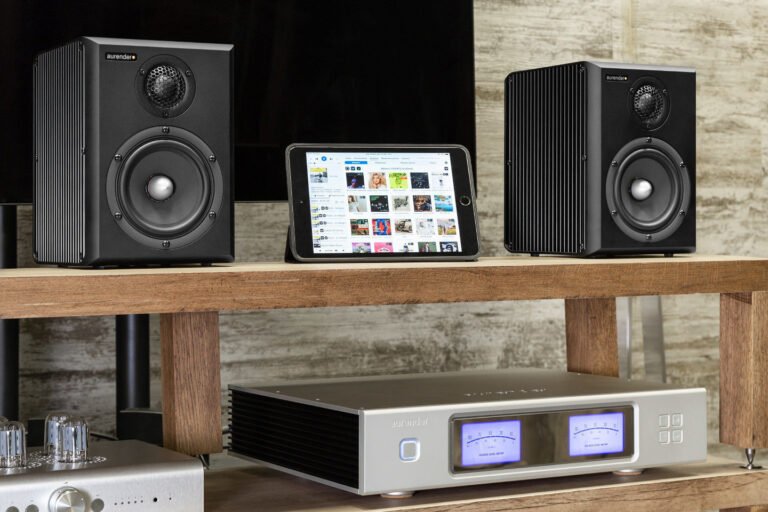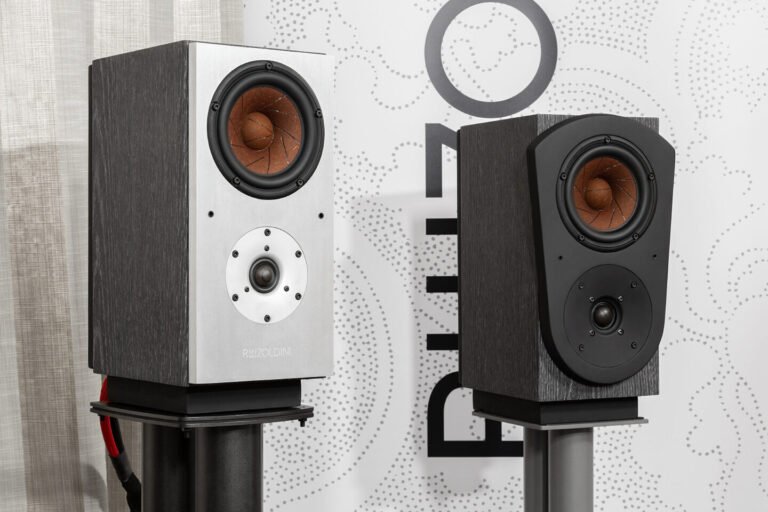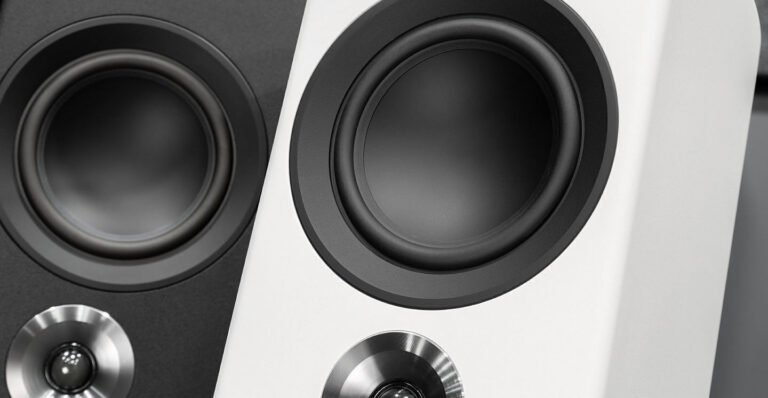Old School Wind Floorstanding Speakers Test: Air Experiments
These speakers fully correspond to their name – Old School Wind – if you put the brand name and the model together, you get “a breath of old school”. The warm color scheme sends us back to the good old days when artificial materials were not used in decoration, everything was real, and there were no substitutes. And the songs were written in one take: as you played – that’s what they will hear. Therefore, you can hope for an honest and lively presentation, since the manufacturer has declared such a nostalgic philosophy.
Design
The body walls are made of thick plywood covered with veneer, and the front and rear panels are made of a special composite, the composition of which is not disclosed. In order to increase the body’s inertia, bitumen sheets are used, covering the inside of the side walls, and a special sound-absorbing material. Old School Floorstanding Speakers
Because of this, the acoustics turned out to be heavy (which, of course, is good) – each speaker carries almost half a hundred kilograms. And since Old School Wind is installed on spikes, I advise you to take care of granite slabs or special stands in advance – with such a weight, ordinary flooring will not last long.
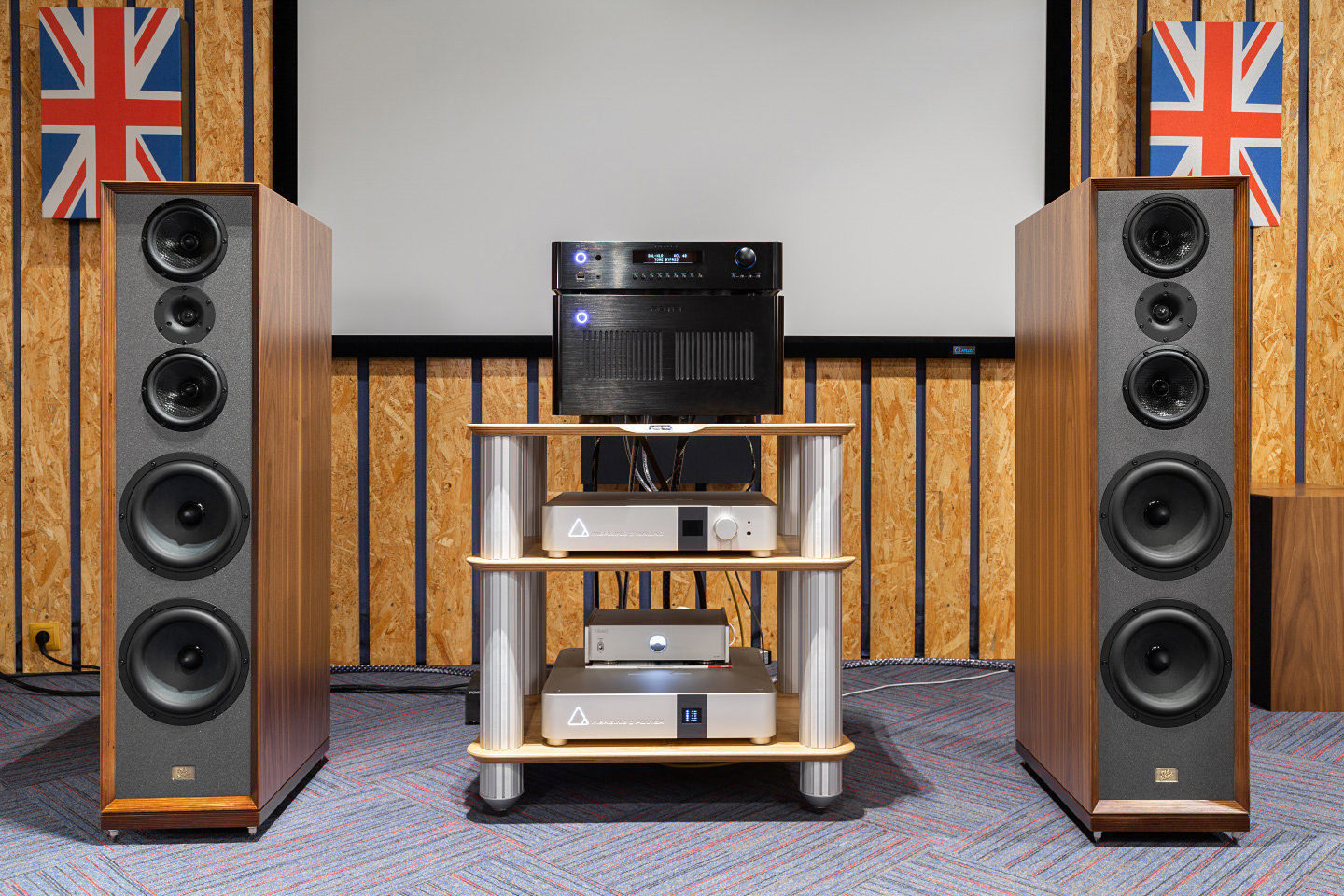
The low-frequency range is handled by two custom-made Wavecor speakers, each 8 inches in diameter. The midrange/high-frequency section is built on the D’Appolito principle – between two 5-inch Seas midrange speakers (original version, special order) in a small horn is a 30-mm Morel tweeter (also custom). Old School Floorstanding Speakers
The grills, as befits modern high-class acoustics, have a progressive mount on magnets – you will not have to “hit” the pins into all the sockets at once, and when removing the grills be afraid of breaking these very pins. The magnets are quite strong and provide excellent fixation. While the grills themselves turned out to be airy and almost weightless. In pursuit of complete audio transparency, their strength and protective function were sacrificed – the rigid frame has only one crossbar, and, naturally, the thin fabric cannot protect from external mechanical impact.
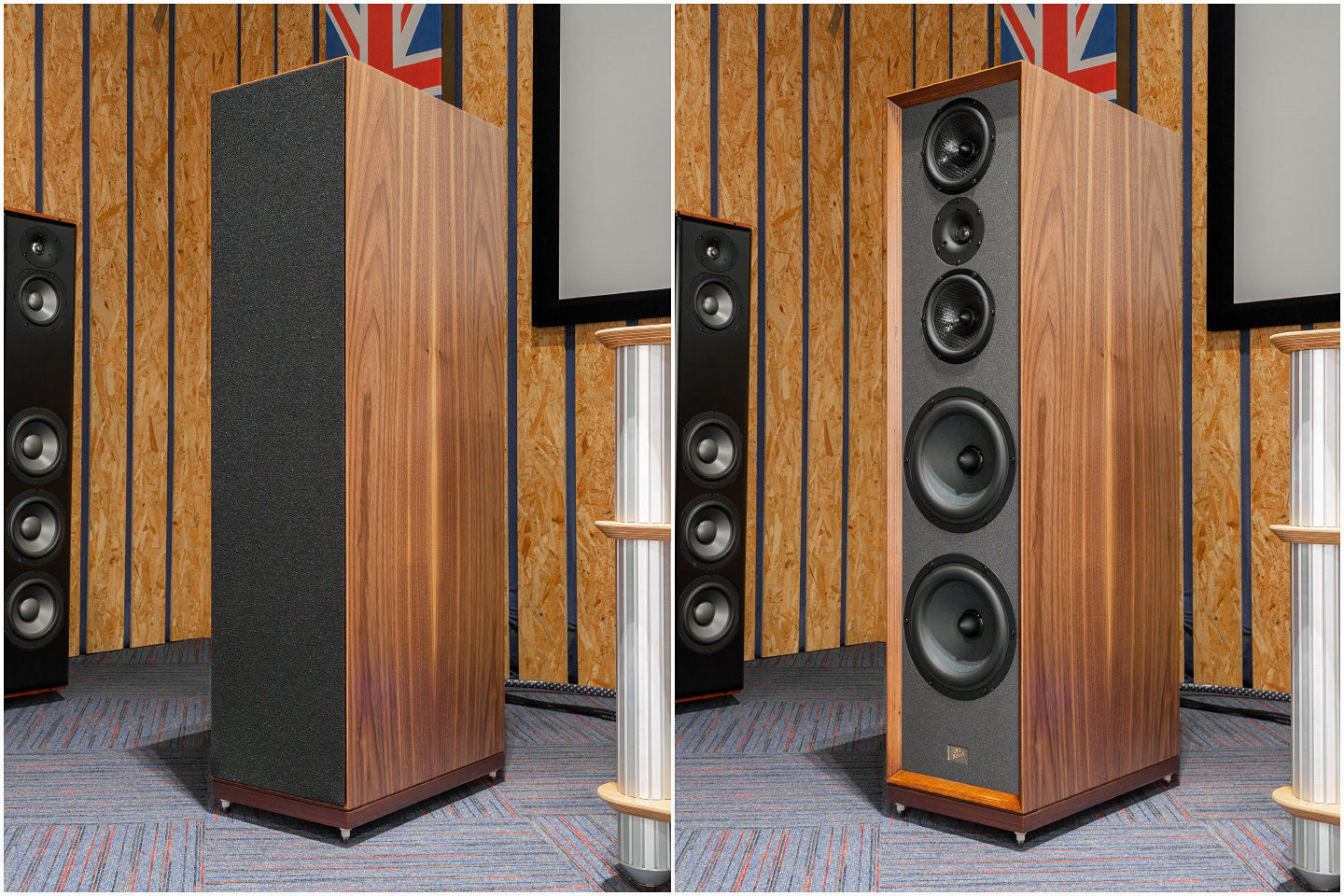
The highlight of the Old School Wind is another tweeter made by Seas, located on the rear wall. It has a three-position phase switch, which allows for a fairly wide adjustment of dispersion, and therefore, to adjust the “airiness” of the sound in the room.
There are also terminals for speaker wires on the back wall. They are made of pure copper and coated with 24-karat gold. The terminals have a special design that allows for the largest contact area with the wire with minimal use of metal. The internal wiring is made of copper monocoque with a cross-section of 2.5 sq. mm.
Field for experiments
Old School Wind provides rich opportunities for experimenting with sound. The rear tweeter toggle switch is in the central position by default, meaning the tweeter itself is off. The “+” position means that the tweeter is in-phase. This position in the “Audiomania” demo gave a noticeable expansion of the stage and made the sound more voluminous. In turn, the “-” position means that the tweeter is in antiphase. In this position, the sound became denser, more collected, and turned into a kind of concentrated clot of energy directed at the listener. As they say, there are different markers for different tastes — everyone will choose what they like.

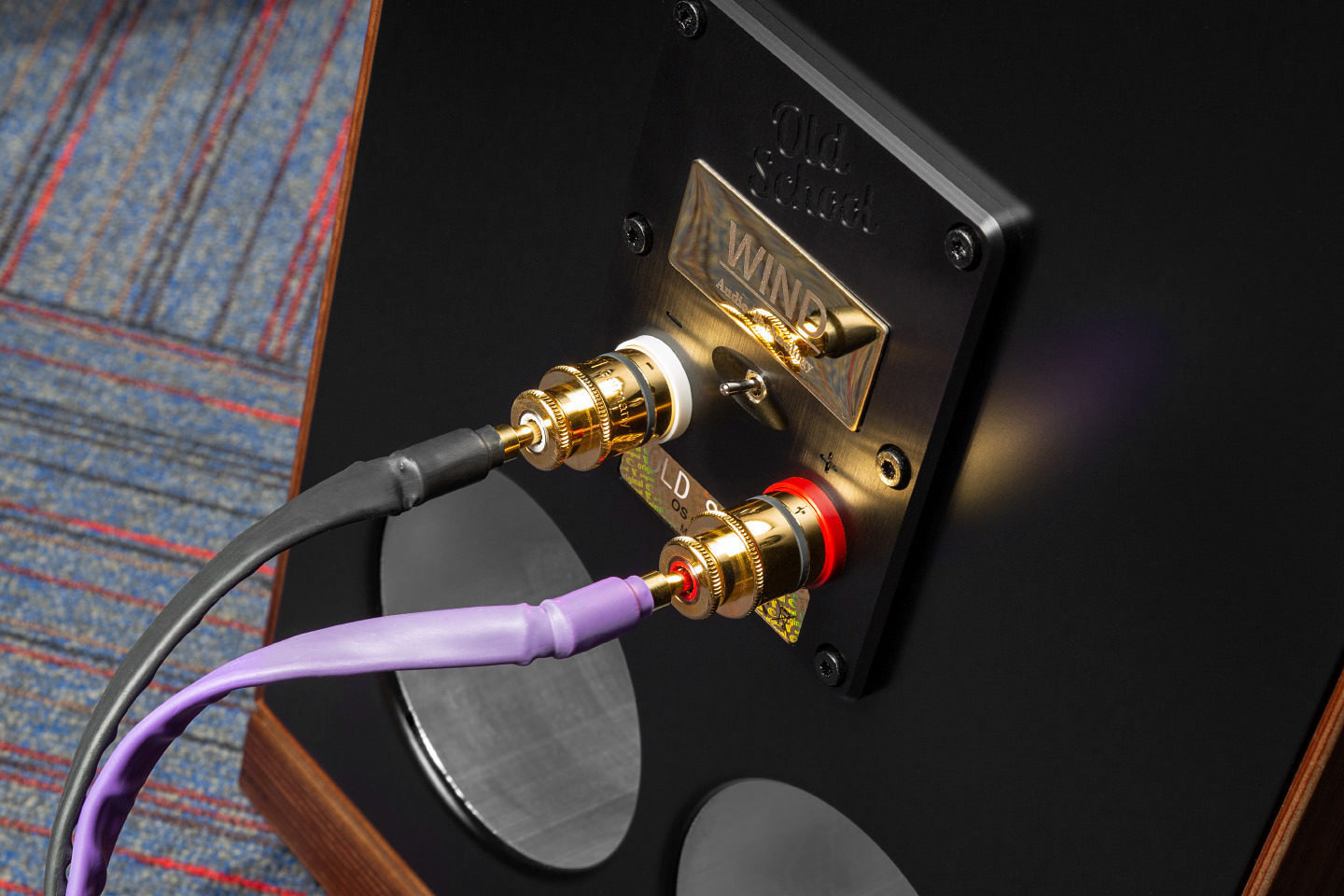
In addition, there is the ability to adjust the output at low frequencies. If there are many of them, put plugs on one or both ports of the phase inverter – again, the best option should be found experimentally. I assume that this will be in demand in small rooms – and in the test room with bass everything was fine, and there was no need to muffle it. Old School Floorstanding Speakers
The listening system was assembled as follows: a Merging+Nadac PL8+PWR network streamer/DAC, a TEAC CG-10M clock generator, a preamplifier, and a Rotel RB-1590 power amplifier.
Details and sunny notes
From the very first notes of “Enter Sandman” performed by the Finnish cello quartet Apocalyptica, I was transported from the world of thrash metal to the world of classical music. In terms of power and volume, at first, it seemed as if I was listening to Stravinsky’s “The Rite of Spring”. But only with a small group. No hint of the trash roots of the composition. Excellent transmission of the atmosphere of chamber music. Excellent attack in the lows, and the two midrange speakers very delicately coped with their task and built a realistic, correct picture.
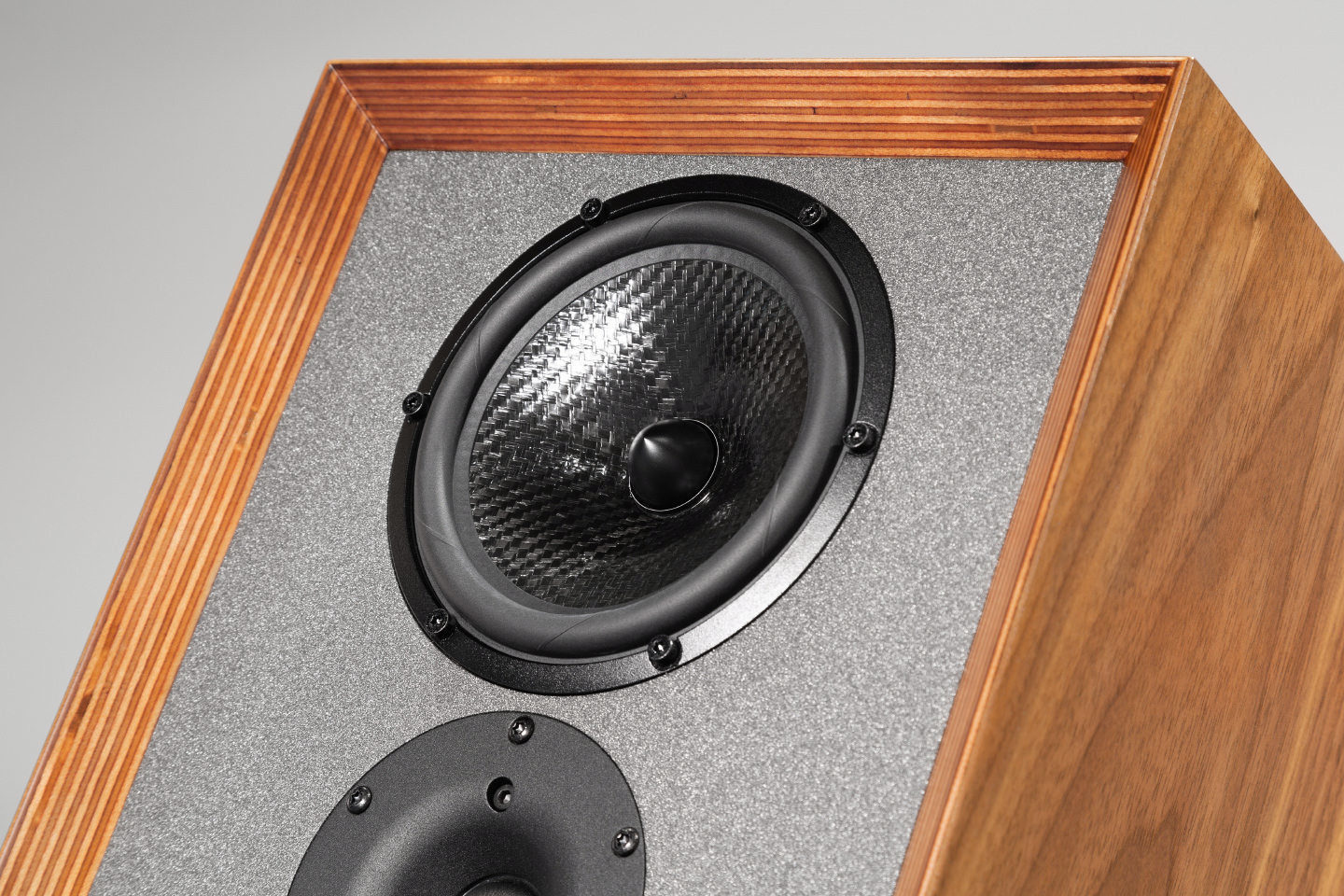
The next track was the famous Rolling Stones’ “Paint It Black” performed by Ramin Djawadi and the Czech Film Orchestra. Another non-classical composition in a classical arrangement. Old School Wind perfectly conveyed the sounds of the orchestra, and connecting the rear tweeters made the already wide stage even more expansive, completely immersing you in the atmosphere of the concert hall. The transitions were worked out perfectly, and the orchestra’s introduction was very detailed, but at the same time truly integral.
It is worth noting that reducing the volume did not change the overall picture. The stage remained wide, although, I will not hide, such acoustics are not very conducive to background listening – you just want to turn the amplifier knob. Old School Floorstanding Speakers
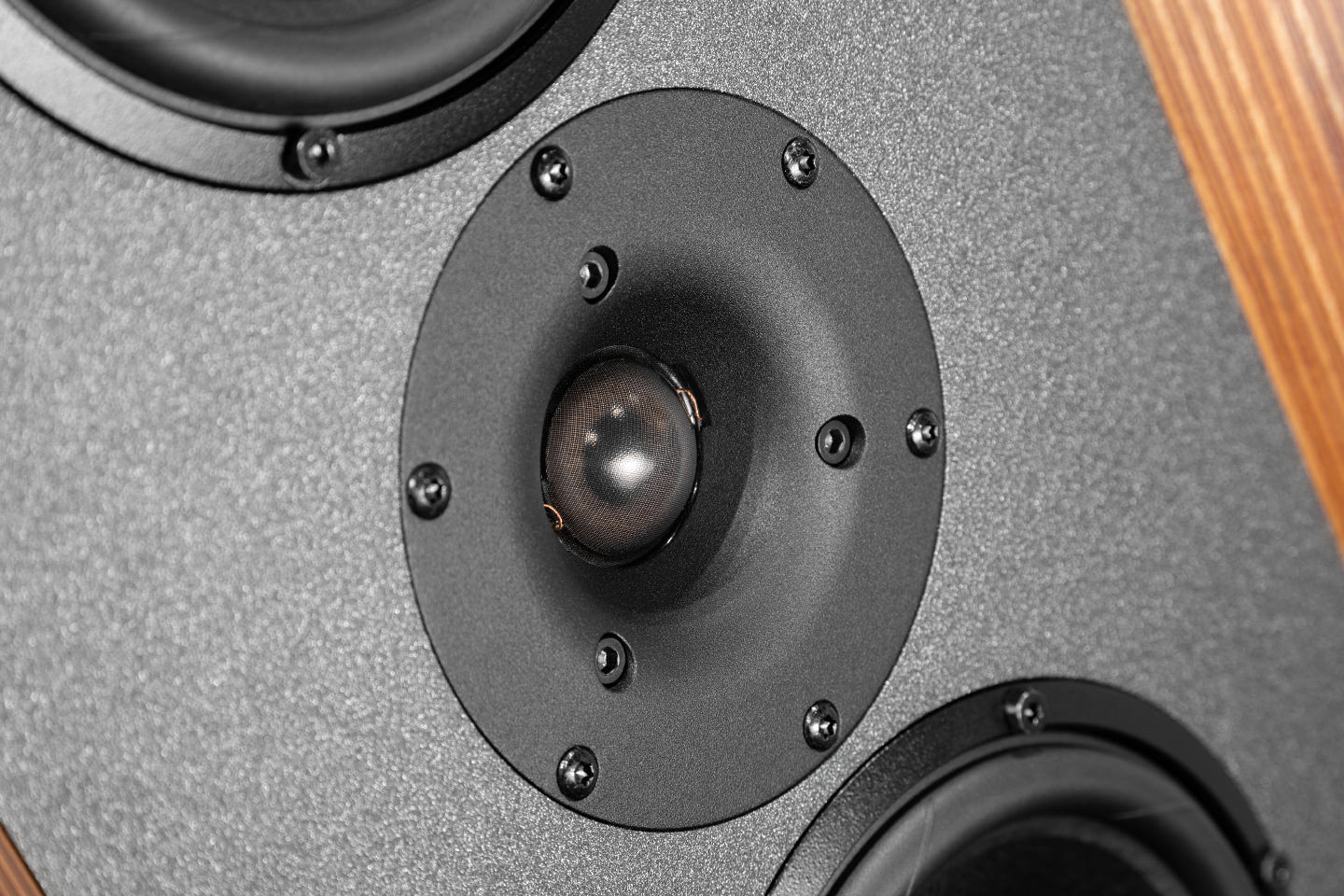
I put on Sleeping Beauty’s «Tiamat» — and here Old School Wind surprised. There is no trace left of the overwhelming images — the darkest black metal received a new, cheerful interpretation. Everything is not so fatal at all, even sunny notes are visible in places! At the same time, the wonderful volume and excellent width of the stage are preserved, and there is even too much airiness. With the rear tweeters turned on in the antiphase, the composition became more recognizable, but the original and unexpected presentation of the material was preserved.
“Metal Militia” by Metallica is a tough test for any acoustics. But here everything went without surprises, 100% recognition of the hard guitar riffs familiar from childhood. Turning on the rear tweeters by ear was not so obvious, but when they were turned on in antiphase – the energy at the listening point noticeably increased. It seemed that there was a little lack of lows, but I will attribute this to the large room and the less-than-ideal placement of the acoustics in the room. In general, the detail is very good, despite the difficulty in reproducing heavy, dense, and fast music.
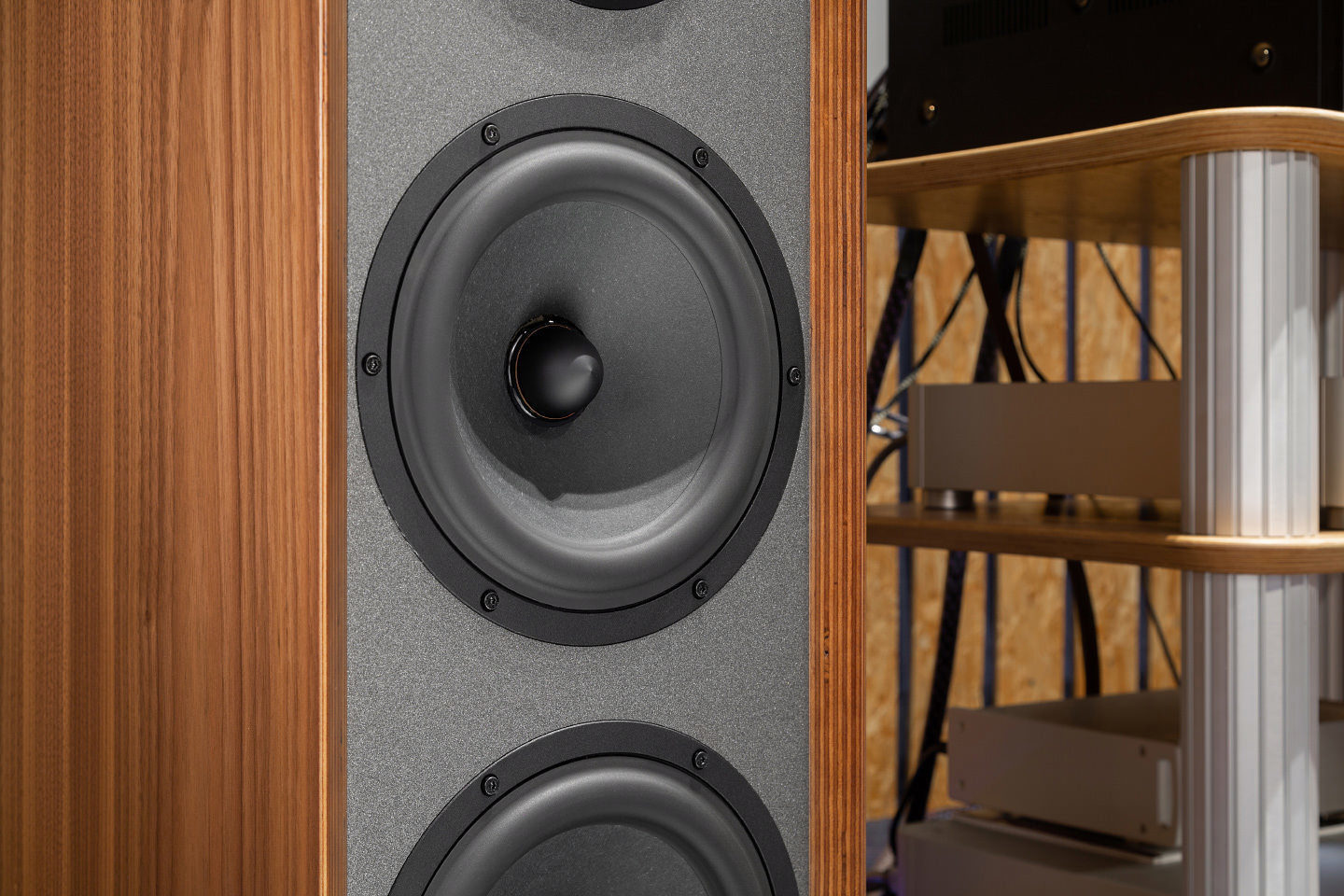
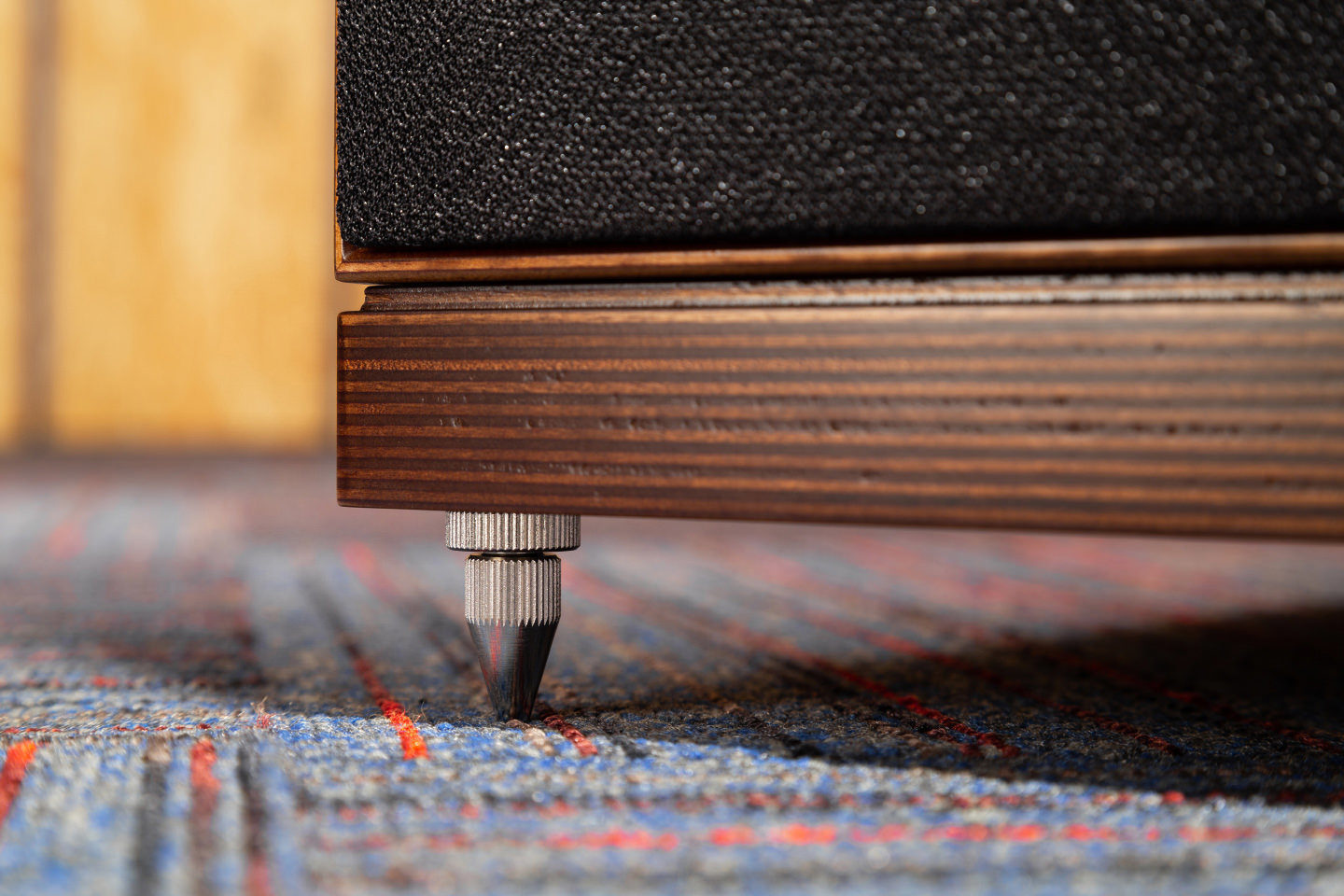
After instrumental music and Metallica with guitar riffs and specific vocals, it was the turn of “California Dreamin'” performed by Diana Krall. Here I decided to experiment with grills – to check if they are acoustically transparent, as well as weightless. In principle, yes, but with grills the vocals received a light, almost weightless veil. How justified their use is up to you to decide. On the one hand, they will not protect from surprises, on the other – they still make a certain contribution to the sound.
As for the sound of Diana Krall, I personally would have liked more emphasis on the vocals. It seemed as if the musicians and the performers were closer to each other than they should be.
Conclusion
The Old School Wind acoustics give great opportunities for experimenting with sound. There are ways to “tune” the sound to the room and your taste. Of course, I advise you to carefully consider the choice of an amplifier – it should be suitable for it. Not the heaviest load, but not the lightest either.
The floor-standing speakers provide excellent airiness of images but have their characteristic presentation. I will not say that the speakers turned out to be narrow-genre, but some styles are interpreted quite originally.
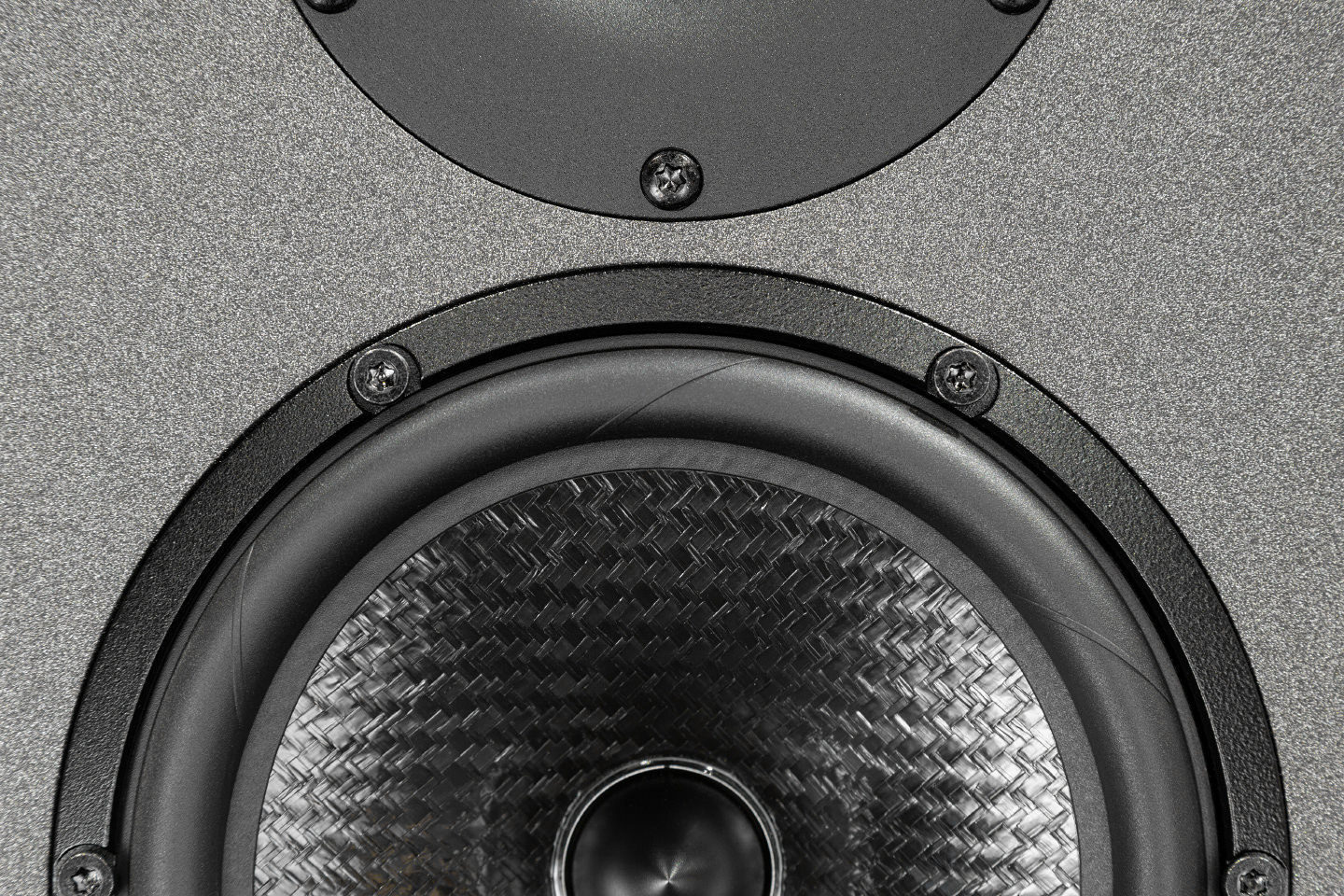
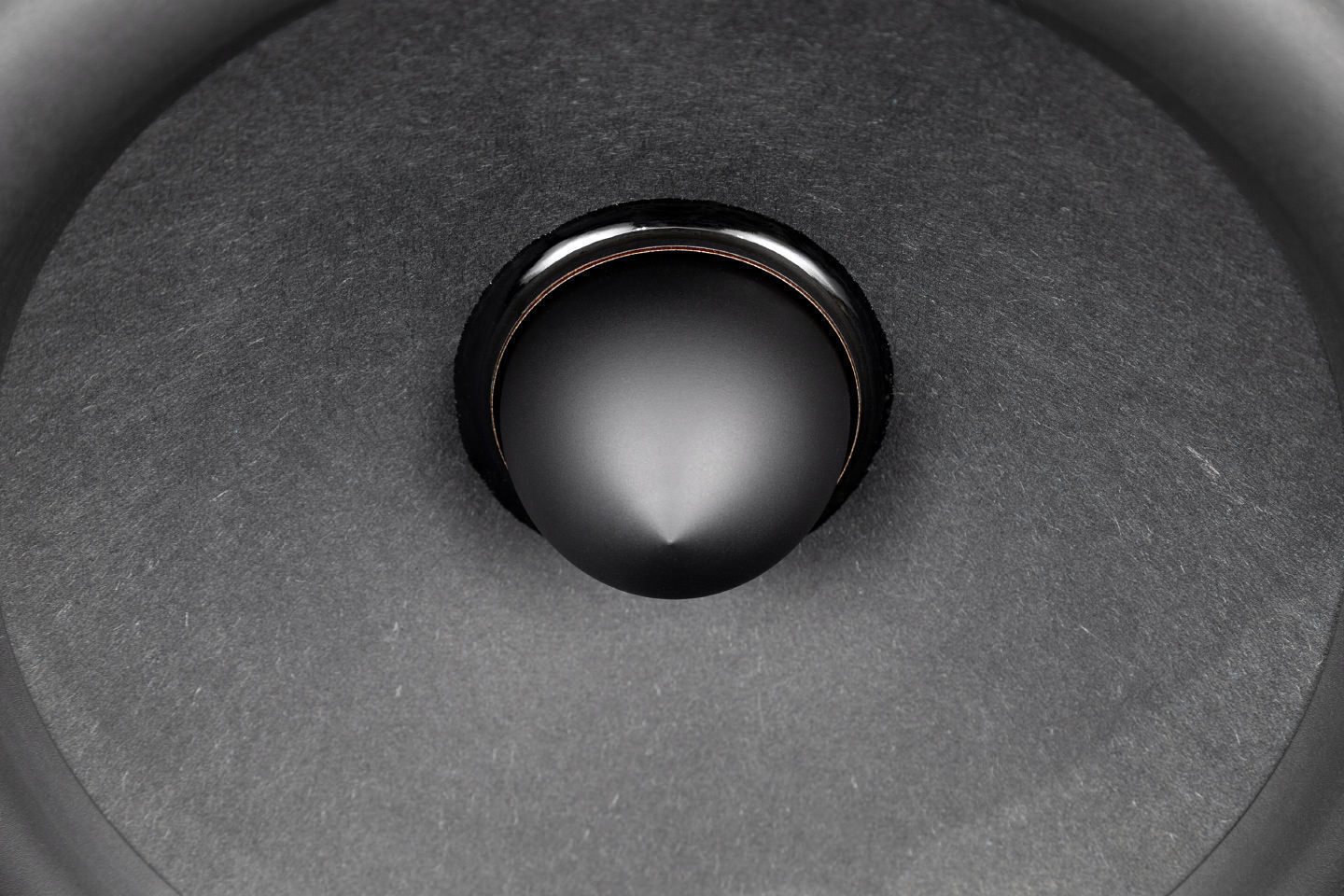
Thanks to the very high quality of the finish and at the same time calm and restrained design, such a system will easily fit not only into a fashionable loft interior but also into almost any room.
Specification
Advantages: sound, and the ability to experiment with the phase of the additional tweeter.
Flaws: high price, grills will not protect from damage, no bi-amping/bi-wiring connection.
Price: 943 200 rubles
Passport details
Number of stripes: 3
Number of speakers: 6
Woofers: 2 x 203mm
Midrange drivers: 2 x 127mm
HF speakers: 30mm – front, 25mm – rear
Case design: phase inverter, two ports on the rear panel
Impedance: 4 Ohm
Frequency range: 40 Hz – 20 kHz (-3 dB), 28 Hz – 22 kHz (-10 dB)
Sensitivity: 91 dB (2.83 V/m)
Dimensions: 270x1200x505 mm
Weight: 49 kg



